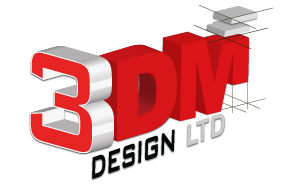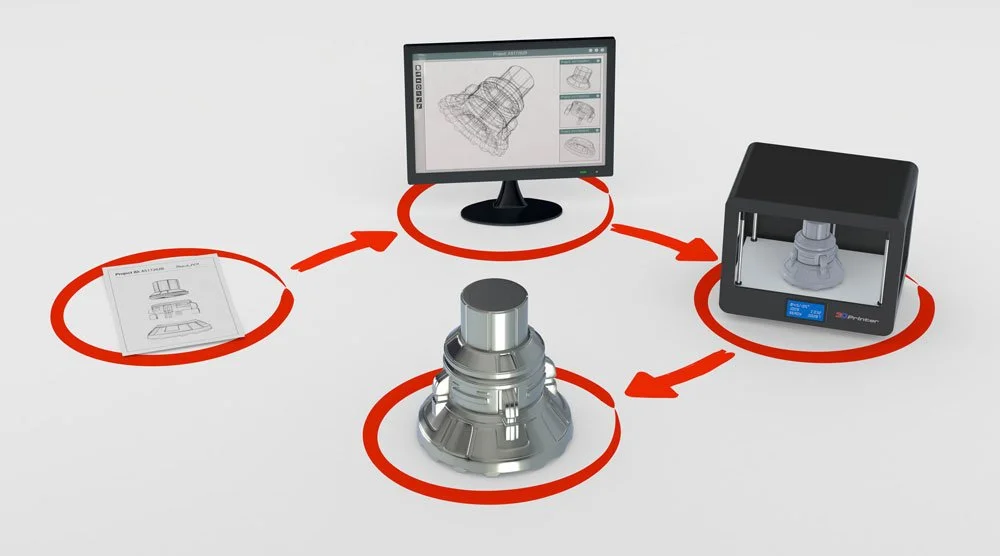Embracing Circular Design in Mechanical Engineering: Crafting Products for Longevity
In the ever-evolving field of mechanical engineering, one of the most transformative shifts is towards circular design principles. This approach focuses on creating products that are designed for longevity, reuse, and recyclability, ensuring a sustainable future for both industry and environment.
What is Circular Design? Circular design is a holistic approach that considers the entire lifecycle of a product, from inception to end-of-life. Unlike the traditional linear model of "take, make, dispose," circular design aims to keep products, components, and materials at their highest utility and value for as long as possible. This shift not only reduces waste but also conserves resources and minimizes environmental impact.
Designing for Longevity:
Durable Materials: Selecting high-quality, durable materials that withstand wear and tear extends the product’s lifespan. Advanced composites, nanomaterials, and biomaterials are leading the way in creating robust, long-lasting products.
Modular Design: Creating products with modular components allows for easy repair, upgrade, and replacement. This ensures that even if one part fails, the entire product doesn’t need to be discarded. It also enables customization to meet evolving user needs.
Timeless Aesthetics: Designing products with timeless aesthetics rather than following fleeting trends ensures that they remain desirable and functional for longer periods.
#MechanicalEngineering #ProductDesign #CircularDesign #Sustainability #Innovation #Longevity #Reuse #Recycle #SustainableEngineering

